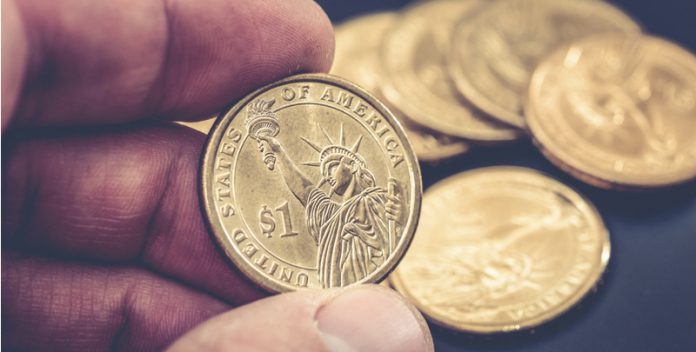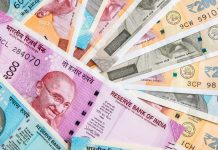The euro U.S. dollar exchange rate sold off in the previous session as the U.S. Federal Reserve talked up three interest rate hikes this year in addition to investors wait for American jobs data to be revealed this afternoon. After briefly ticking higher to $1.1257 for the euro, the exchange rate ended the day close to its low of $1.1202 yesterday.
The mood for the euro has been a bit stagnant for most of the week. Eurozone inflation failed to move significantly higher, which weighed on EU interest rate expectations earlier in the week. However, investors found solace in stronger than expected data for the remainder of the week. Usually, one expects strong data to boost a currency, but on this occasion demand for the dollar is stronger than the euro, which is keeping the euro U.S. dollar exchange rate suppressed for the eurozone.
Will U.S. jobs data pave the way for more interest rate hikes?
U.S. Federal Reserve official John Williams boosted the dollar versus the euro, after Williams enthusiastically suggested Wednesday that three rate hikes could still be on the cards for 2017, if not four. Given the recent state of lacklustre data coming from America, these comments seem very optimistic. However, the dollar was more than happy to listen as it bounded higher. Attention will now turn to hard data this afternoon in the form of the non-farm payroll (NFP) jobs report. Strong figures could add substance to William’s words.
The NFP is a jobs report released on the first Friday of each month. It provides statistics on unemployment, payrolls and job growth. This is the most closely scrutinized of all the economic indicators because of the insight it provides on economic growth and inflation levels.
| How does the non-farm payroll (NFP) affect the U.S. dollar? |
|---|
| It works like this, when there is low unemployment and high job creation, the demand for workers increases. As demand for workers goes up, wages for those workers also go up. Which means the workers are now taking home more money to spend on cars, houses or in the shops. As a result, demand for goods and services also increase, pushing the prices of the good and services higher. That’s also known as inflation. When inflation moves higher, central banks are more likely to raise interest rates, which then pushes the worth of the currency higher. |
Today’s data is expected to show that 185,000 U.S. jobs were created in May. Not only that, but the data has been projected to show that unemployment will stay put at 4.4% andt hourly wages are due to stay steady at April’s level of 2.5%.
As with all releases of economic data, it’s the difference between the actual figure and the expected figure that could potentially move the currency. So, should the readings come in high than anticipated, one would expect interest rate expectation to shift higher, which could then boost the dollar. On the other hand, a weaker expectation of an interest rate increase could cause the dollar to drop in value.
| Why do raised interest rates boost a currency’s value? |
|---|
| Interest rates are key to understanding exchange rate movements. Those who have large sums of money to invest want the highest return on their investments. Higher interest rate environments tend to offer higher yields. So, if the interest rate or at least the interest rate expectation of a country is relatively higher compared to another, then it attracts more foreign capital investment. Large corporations and investors need local currency to invest. So more local currency used then boosts the demand of that currency, pushing its value higher. |
This publication is provided for general information purposes only and is not intended to cover every aspect of the topics with which it deals. It is not intended to amount to advice on which you should rely. You must obtain professional or specialist advice before taking, or refraining from, any action on the basis of the content in this publication. The information in this publication does not constitute legal, tax or other professional advice from TransferWise Inc., Currency Live or its affiliates. Prior results do not guarantee a similar outcome. We make no representations, warranties or guarantees, whether express or implied, that the content in the publication is accurate, complete or up to date. Consult our risk warning page for more details.
This article was initially published on TransferWise.com from the same author. The content at Currency Live is the sole opinion of the authors and in no way reflects the views of TransferWise Inc.





